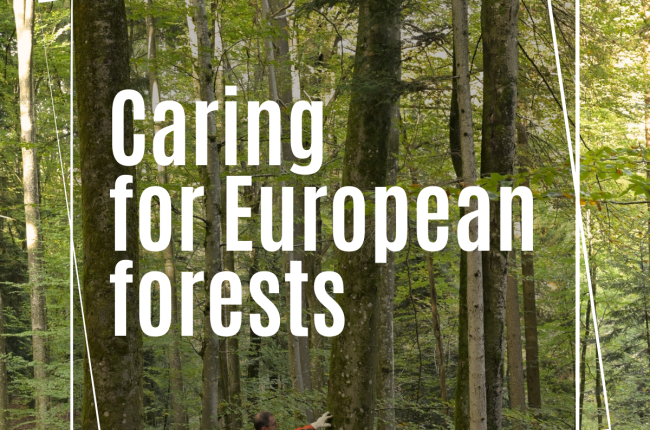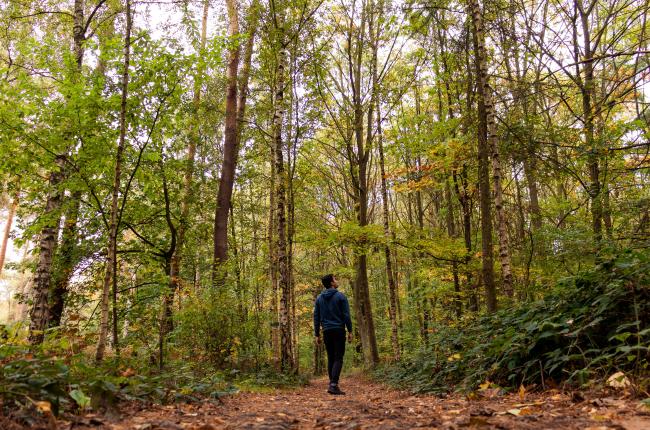How are EU forests contributing to the deployment of a sustainable European bioeconomy?
Forests and wooded land account for around 43.5 per cent of the EU's land area. European forests provide a multitude of ecosystem services including the provision of sustainable raw materials used for construction, furniture, pulp and paper, packaging, energy but also for textile, chemicals etc… which all contribute to and are a basic precondition for a growing EU Bioeconomy.
The EU forest and forest-based sector offers key solutions for achieving the 2050 carbon neutrality goal by contributing to climate change mitigation in three essential ways: carbon sequestration, carbon storage in trees and wood products, and carbon substitution by providing raw material as a substitute for fossil-based and other carbon intensive material and energy. Releasing this potential, including via contributing to the development of a bioeconomy could lead to a win-win situation for society in combating climate change and for forest owners to continue to manage their forests in a sustainable way so as to provide all benefits expected by society.
What should the review on the European Bioeconomy Strategy and its action plan take into account?
We would like to express our regret about the way bioeconomy has been addressed under the European Green Deal. According to European Forest Owners, the role and benefits of bioeconomy towards achieving EU objectives have not been sufficiently acknowledged and encouraged by Green Deal implementation. One example is the recently published new EU Forest Strategy which has caused concerns among forest owners, as it is approaching bioeconomy more on the risks side rather than opportunities side.
A concrete example for this is the definition of the cascading principle within the EU Forest Strategy. In our opinion, cascading should not mean giving priority to long lived products and minimise short lived products and energy production. Instead, in order to promote a sustainable bioeconomy, all uses of wood are needed and should be embraced, in consistency with already adopted European legislation and agreed targets, while incorporating high-value technology and innovation.
The Commission should take in account that carbon sequestration, storage and substitution does not have the same capacity in aeternum and it is not extensive and accumulative. It is compulsory to have a sustainable forest management to prevent fires and floods provoked by biomass accumulation and massive afforestation without active management. Overall, it is of high importance to recall and explain again all the benefits of bioeconomy for society. The forest sector alone provides millions of jobs and contributes to the livelihoods of millions of private forest owners. It is also necessary to ensure a stronger recognition and concrete actions to support bioeconomy benefits in ongoing legislative developments including:
- The EU Biodiversity Strategy to 2030
- The implementation of the EU Taxonomy Regulation
- The new EU Forest Strategy
- The revision of the RED II
- The revision of the LULUCF Regulation
- The implementation of ‘Farm to Fork’ Strategy




